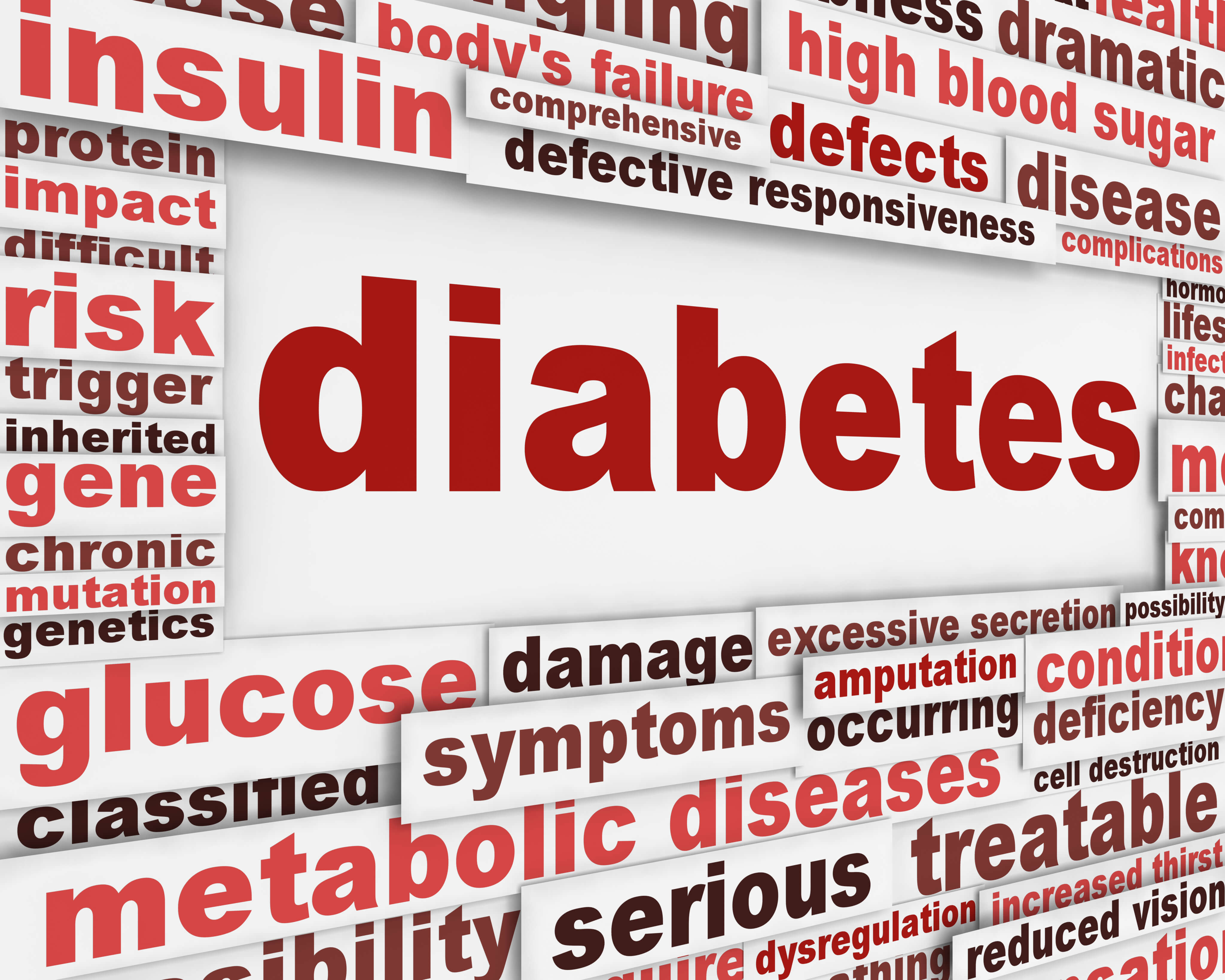Diabetes and Stem Cells
Type 1 diabetes is an autoimmune condition. An autoimmune condition is caused when the body’s immune system attacks healthy tissue. In the case of type 1 diabetes, beta cells which produce insulin in the pancreas are destroyed; without these cells the body is unable to produce enough insulin to appropriately regulate blood glucose levels.[1] It is not fully understood what makes the immune system behave this way; however, some researchers have suggested that a viral infection may be the cause. Additionally, there may be a genetic factor as the condition often runs in families.[2]
Type 1 diabetes affects over two million people in the United States, of whom about 304,000 are children.[3] In 2022, the cost associated with diabetes was $412.9 billion, of which the majority ($306.6 billion) was for direct medical costs.[3]
There is no cure for type 1 diabetes, treatments aim to keep blood sugar levels as normal as possible. Insulin treatment is required for patients with type 1 diabetes as their body is incapable of creating enough, this could be either via an insulin pump or insulin injections.[4] Type 1 diabetes can have a huge impact upon the lives of patients; a child diagnosed at 5 years of age could endure up to 19,000 injections and 50,000 finger pricks by the time they are 18.[5]
Diabetes Facts
- Two million people in the US with type 1 diabetes[3]
- 304,000 children have type 1 diabetes in the US [3]
- The annual cost associated with diabetes was $412.9 billion in 2022 [3]
- Diabetic people face medical expenditures 2.6 times higher than non-diabetic people [3]
- Up to 19,000 injections and 50,000 finger pricks for a child diagnosed at age 5 by their 18th birthday[5]
- The vast majority of diabetes cases in children are type 1 diabetes [6]
- The incidence of type 1 diabetes continues to rise [7]
- 11.6% of the US population has diabetes [3]
Diabetes and Stem Cells
Researchers at Harvard have had success with using stem cells to treat type 1 diabetes in mice. The researchers were unable to inject stem cells directly into pancreatic islets because of the fragility of the pancreas; additionally the pancreas releases highly toxic enzymes when manipulated. The team created the HCELL homing molecule to guide the stem cells to the inflamed pancreatic islets in the preclinical trials. The injections were found to create a sustained reversal of diabetes and take away the need to administer insulin for up to two-and-a-half years.[8]
In other preclinical research conducted in Belgium, it was found that pancreatic cells could be reprogrammed to emulate beta-cells. The cells were able to produce insulin and researchers hope that they could be used for transplantation in the future; however, further research is needed.[9]
References
- http://www.diabetes.co.uk/type1-diabetes.html
- http://www.nhs.uk/Conditions/Diabetes-type1/Pages/Causes.aspx
- https://diabetes.org/about-diabetes/statistics/about-diabetes
- https://www.nhs.uk/conditions/type-1-diabetes/treatment/
- http://www.jdrf.org.uk/life-with-type-1-diabetes/type-1-diabetes-what-do-people-really-know
- https://www.cdc.gov/diabetes/php/data-research/index.html
- https://www.cdc.gov/diabetes/data-research/research/trends-new-diabetes-cases-young-people.html
- http://news.harvard.edu/gazette/story/2015/01/steering-stem-cell-trafficking-into-pancreas-reverses-type-1-diabetes/
- https://pharmaceutical-journal.com/article/news/reprogrammed-pancreatic-cells-could-treat-type-1-diabetes
- Stem cells (Dayton, Ohio), 33(5), 1523–1531. https://doi.org/10.1002/stem.1948
- Stem cell research & therapy, 13(1), 264. https://doi.org/10.1186/s13287-022-02941-w
The information contained in this article is for information purposes only and is not intended to replace the advice of a medical expert. If you have any concerns about your health we urge you to discuss them with your doctor.


